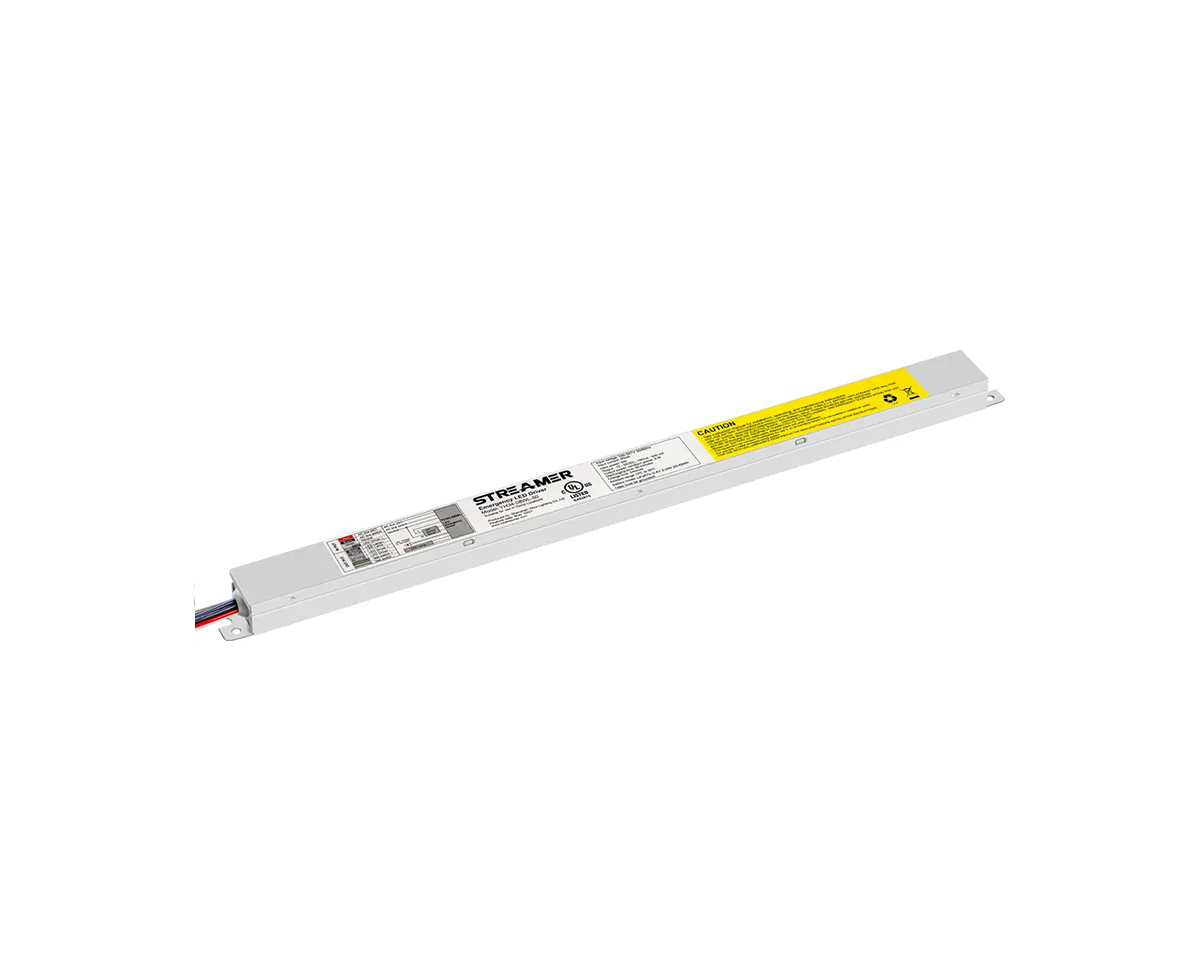 1
1
 Mar 03, 2025
Mar 03, 2025


Wiring an LED light driver correctly is crucial for the safe and proper operation of the LED lighting system. The process involves several steps and considerations to ensure compatibility and functionality.
Pre - installation Checks
1. Driver and LED Compatibility
Before starting the wiring process, it is essential to ensure that the LED light driver is compatible with the LED lights. Check the voltage and current ratings of both the driver and the LEDs. The driver should be able to provide the correct voltage and current required by the LEDs. For example, if the LEDs are rated for 12V and 350mA, the driver should be capable of supplying these values. Mismatched voltage or current can lead to poor performance, premature failure of the LEDs, or even damage to the driver. Additionally, consider the type of LED connection, whether it is a series or parallel configuration, as the driver may be designed to work with a specific type.
2. Power Source Compatibility
Verify that the power source, usually the mains electrical supply, is compatible with the LED driver. The driver should be rated for the voltage of the mains supply in your region, whether it is 110V or 240V. Also, check the frequency (usually 50Hz or 60Hz) to ensure proper operation. Using a driver that is not compatible with the power source can result in malfunctioning or damage to the driver and the LED lights.
Wiring Steps
1. Turn off the Power
Always turn off the power supply to the area where you will be working to avoid the risk of electric shock. This is a fundamental safety measure. Locate the circuit breaker or fuse box and switch off the appropriate circuit that supplies power to the area where the LED lights will be installed.
2. Connect the Input Wires
The LED driver has input wires that are connected to the mains power supply. These wires are typically color - coded. In a standard 110V AC system in the United States, the black wire is the hot wire, the white wire is the neutral wire, and the green or bare copper wire is the ground wire. In a 240V AC system, the colors may vary, but the principle remains the same. Connect the hot wire from the mains to the corresponding input terminal on the driver labeled "Line" or "Hot." Connect the neutral wire to the "Neutral" terminal. The ground wire should be connected to the "Ground" terminal on the driver. Make sure the connections are secure and tight, using wire nuts or appropriate terminal connectors.
3. Connect the Output Wires
The output wires of the LED driver are connected to the LEDs. The driver may have positive (+) and negative (-) output terminals. Connect the positive output wire of the driver to the positive terminal of the LED strip or module. Similarly, connect the negative output wire of the driver to the negative terminal of the LEDs. If you are using multiple LEDs in a series or parallel configuration, follow the correct wiring diagram for that particular setup. In a series - connected LED strip, the positive terminal of one LED is connected to the negative terminal of the next LED, and the first positive and last negative are connected to the driver's output terminals. In a parallel - connected setup, all the positive terminals of the LEDs are connected together to the positive output of the driver, and all the negative terminals are connected together to the negative output of the driver.
4. Testing the Connection
After completing the wiring, double - check all the connections to ensure they are correct and secure. Then, turn on the power supply. Observe the LED lights to see if they are functioning properly. If the lights do not turn on or show abnormal behavior, such as flickering or dimness, turn off the power immediately and re - check the wiring connections and the compatibility of the driver and LEDs.